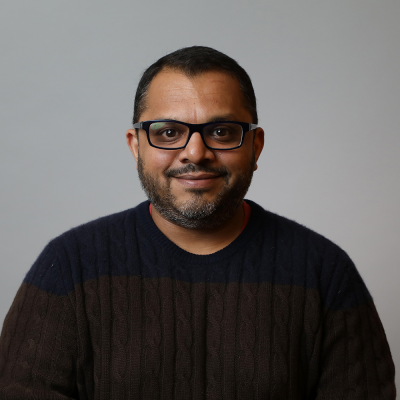When it comes to person-centred care, do we need measurement or feedback? Part 1
2 April 2014

The tendency to want to measure things has existed for as long as humans have walked the earth. More specifically, in the case of health and healthcare, recorded efforts to systematically measure care quality can be traced back almost three centuries.
Yet despite measurement being something we all understand, it remains a challenge in healthcare. Something as seemly straightforward as counting the number of infections in an intensive care unit is not as straightforward as it first seems.
The reality is that measurement in healthcare is highly complex and subject to a range of human factors that, in some instances, can render measures so inconsistent as to undermine the value and improvement that they were designed to bring about.
In healthcare, measuring things can also evoke considerable anxiety and frustration among all concerned: those who are being measured, those who are doing the measuring, and those who are seeking the data for a variety of purposes. However, despite the difficulties and the emotions associated, measuring performance is a fundamental function of modern healthcare, essential to ensuring accountability and monitoring patient safety.
So how do you start to measure something as contextually sensitive and elusive as person-centeredness? Person-centred care means many different things to many different people; it has no universal definition, is not something you can touch or feel, and is often easier to pinpoint or identify when it isn’t happening rather than when it is.
A natural starting place, it would seem to me, is to ask what has been done in this area before, and where better to start than what’s been said in the empirical literature?
This is exactly what our new publication Helping measure person-centred care does. This rapid evidence review searched five bibliographic databases for studies (published since 1 January 2000) that explore how any aspect of person-centred care has been measured in healthcare.
The researchers found that there are a large number of tools and approaches being used to measure person-centred care; some are concerned with capturing a holistic concept of person-centeredness, some focus on a specific sub-component of person-centeredness, such as empathy or communication. Accompanying the review is a spreadsheet detailing 160 of the most commonly researched measurement tools – something that should be a useful, evidence-based starting point for those entrusted with measuring the person-centeredness of care.
But as useful as these resources are, there continues to be a lack of agreement about which tools are most worthwhile, let alone there being a ‘silver bullet’ or best measure that has the sensitivity and specificity to cover all aspects of person-centred care. For now, is combining a range of methods and tools to get a ‘feel’ for how ‘person-centred’ care is the best that we can do?
Given how multi-dimensional and context-sensitive person-centeredness is, is it realistic to think that in the not too distant future one simple, cost-effective measure will be unearthed? My sense is not. However, the use of ‘big data’ thinking – such as recording consultations on smartphones and linking this to patient record information – may unleash the potential to significantly upgrade the existing suite of tools and approaches being used to measure person-centeredness.
Perhaps a more pressing need is for some sort of coherent framework for gauging the person-centeredness of care. But what features would we wish to see? In part 2 of this blog, I’ll be looking at what features this framework might have in more detail and whether or not measurement is indeed the primary goal for such a framework. Stay tuned…
Darshan is a Research Manager at the Health Foundation.
Further reading
Work with us
We look for talented and passionate individuals as everyone at the Health Foundation has an important role to play.
View current vacanciesThe Q community
Q is an initiative connecting people with improvement expertise across the UK.
Find out more

